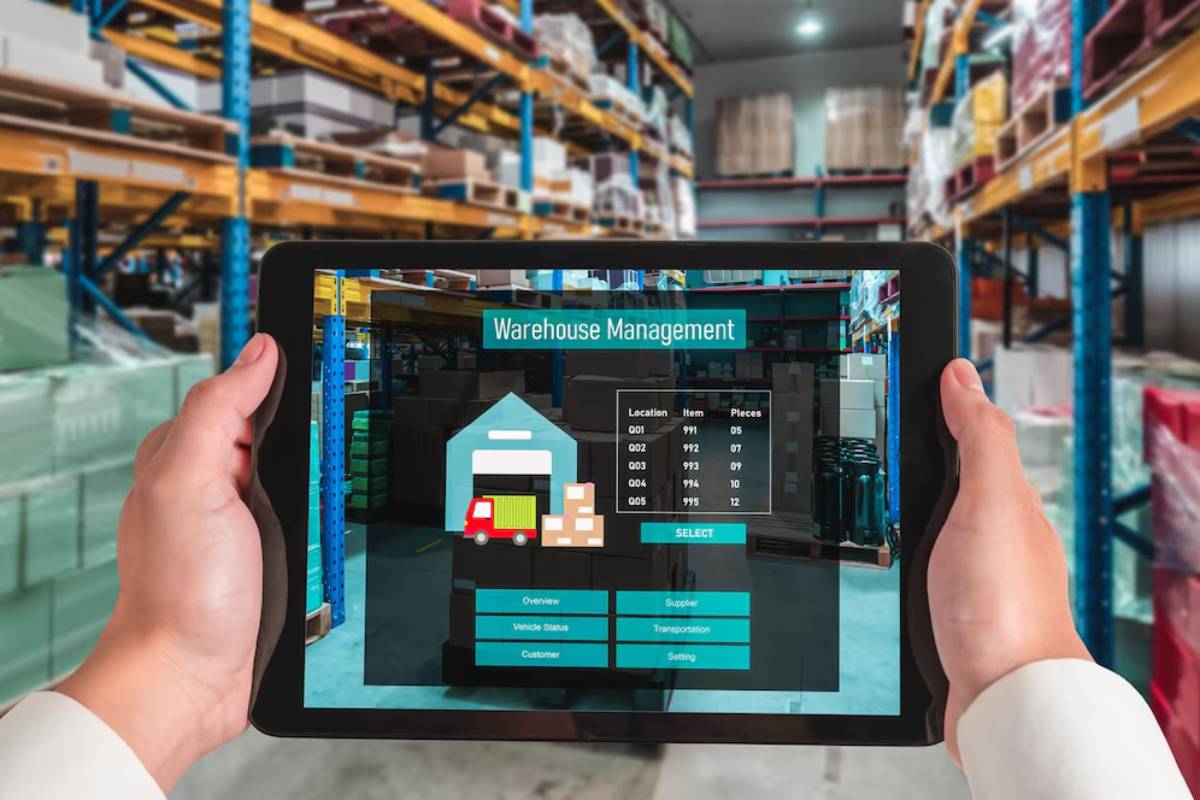
How to Use AI for Inventory Management and Demand Forecasting
Managing inventory and predicting demand are key to staying competitive in today’s fast-paced business world. AI gives companies a powerful tool to enhance these processes. As of October 2023, AI technology has become more advanced. It now offers valuable insights and boosts efficiency.
Manual processes and old forecasting models often react to changes and can make mistakes, especially in fast-moving markets. AI enables proactive decision-making through predictive analytics, machine learning, and real-time data processing. This helps businesses manage inventory, cut waste, and better meet customer needs.
This guide examines how AI can change inventory management and demand forecasting. It offers expert tips and practical steps for maximising AI’s potential.
Pro Tip: Use AI tools in one part of your inventory management first. Then, you can scale up. For example, try it on a product line with frequent stock issues.
Important: To boost AI performance, keep your data clean, accurate, and current. Poor data can lead to inaccurate forecasts and misguided decisions.
Quick Guide
- Understand the benefits of AI in inventory management.
- Choose the right AI inventory tools for your business.
- Integrate AI solutions with existing systems.
- Train staff on AI tool usage and interpretation.
- Continuously monitor and adjust AI-driven strategies.
- Assess data quality and ensure it meets AI requirements.
- Collaborate with cross-functional teams for alignment.
- Evaluate ROI and adjust based on performance metrics.
Understanding the Core: AI in Inventory Management and Demand Forecasting
AI inventory tools help manage large data sets. They optimise stock levels and accurately predict future demand. These tools use machine learning algorithms to find patterns and trends humans can’t spot independently. This ability is key for businesses. It helps reduce both overstock and stockouts, which boosts customer satisfaction and profits.
AI systems learn from past and current data.
This includes:
- Sales figures
- Market conditions
- Weather forecasts
- Promotional activities
- Social media sentiment
This approach helps them make better predictions and adjust to unexpected situations.
Demand forecasting is key to inventory management. It helps predict future customer needs, so businesses can keep enough stock on hand. AI enhances this process by looking at past sales data, market trends, and outside factors. These include economic conditions and seasonal changes. The outcome is a forecasting model that is both accurate and flexible. It adjusts to shifts in market conditions.
Better inventory choices benefit retailers, manufacturers, and suppliers. They enjoy lower carrying costs, fewer emergency stock orders, and improved customer service. This happens when they align their decisions with real-time insights.
Step-by-Step Guide (How to Practise)
1. Assess Your Current Inventory Management System
- Evaluate your existing processes and identify areas for improvement. Look for inefficiencies, such as frequent stockouts, excess inventory, or inaccurate demand forecasts.
- Determine the specific needs and goals of your inventory management strategy. Are you looking to increase efficiency, reduce costs, or improve service levels? Having clear goals helps in choosing the right AI tools and features.
2. Select the Right AI Inventory Tools
- Research and compare various AI solutions available in the market. Check out features like real-time tracking, demand prediction, inventory replenishment, and integration options.
- Consider factors such as scalability, ease of integration, and cost-effectiveness. Choose a platform that can grow with your business and is user-friendly for your team.
- Look for tools with easy-to-use dashboards. They should also support mobile or remote access, which is especially useful for distributed teams.
3. Integrate AI Solutions with Existing Systems

- Collaborate with IT experts to integrate smoothly with your existing systems, including ERP, CRM, and warehouse management systems.
- Ensure data from existing databases is compatible with the AI tools. Clean and structure your data before integration to enhance accuracy and performance.
- Set up automated data flows. This will reduce manual input errors and keep information current in all systems.
4. Train Your Team
- Provide comprehensive training for staff on how to use AI tools effectively. Focus not only on technical skills but also on interpreting the insights generated by AI.
- Encourage a culture of continuous learning and adaptation. Appoint internal champions or super-users to support ongoing training and innovation.
- Hold regular workshops and refresher courses. This keeps teams updated on new features and best practices.
5. Monitor and Adjust Strategies
- Review AI-generated insights regularly and adjust inventory strategies accordingly. AI is most effective when paired with human oversight and strategic thinking.
- To maintain a competitive edge, stay informed about new developments in AI technology. Attend industry webinars, read whitepapers, and work with tech partners to improve your strategy.
- Use KPIs such as inventory turnover ratio, service level, forecast accuracy, and order fill rates. These will help you measure the impact of your AI initiatives.
Best Practices & Additional Insights
Collaborate Across Departments
Align inventory management and demand forecasting with sales, marketing, and finance teams. Coordination ensures that demand planning reflects marketing promotions and seasonal trends.
Utilise Real-Time Data
AI tools that leverage real-time data can provide more accurate and timely insights. Real-time sales data can trigger automatic reordering. It can also show demand spikes during promotions.
Embrace Predictive Analytics
Use AI to forecast demand and predict potential disruptions in the supply chain. This includes anticipating supplier delays, changes in consumer behaviour, or logistical challenges.
Scenario Planning
Incorporate AI into “what-if” scenario planning. Test how changes in supplier lead times or demand spikes affect your inventory. Then, adjust your strategies ahead of time.
Inventory Classification
Use AI to classify inventory by movement, value, or priority (e.g., ABC analysis). This helps allocate resources and attention appropriately and improves service for high-impact SKUs.
FAQs

Q: How does AI improve demand forecasting accuracy?
A: AI looks at past and current data. It spots patterns and trends. This helps make demand forecasts more accurate. It looks at more variables and keeps learning from new data. This helps improve its predictions.
Q: Can small businesses benefit from AI inventory tools?
A: AI tools can scale up and be tailored for any business size. They provide significant efficiencies and save costs. Many vendors now offer affordable cloud-based solutions designed for SMEs.
Q: What are the costs associated with implementing AI in inventory management?
Costs depend on the complexity of the AI solution, the size of the business, and the level of customisation needed. The long-term benefits often outweigh the initial investment. These benefits include lower stockholding costs, higher sales, and better service.
Conclusion: Leveraging AI for Inventory Management and Demand Forecasting
AI is changing inventory management and demand forecasting. It gives businesses a competitive edge in today’s market. AI strategies help companies manage stock, reduce costs, and improve customer satisfaction.
AI in inventory management is more than a tech upgrade. It’s a strategic change. Businesses that use AI can better adapt to market changes, meet customer needs, and work more efficiently.
Begin using AI solutions now to change your inventory management. This will help you stay ahead of your competition. Check out our related content for expert advice on AI in business.
This guide helps businesses use AI for inventory management and demand forecasting. This allows them to stay agile and responsive in a changing market.